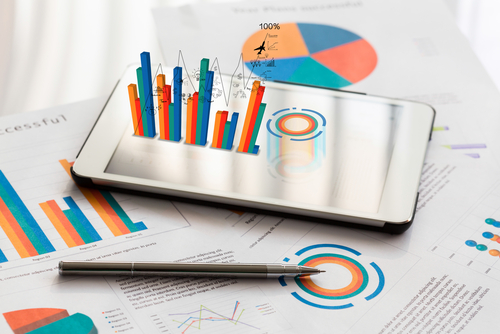
When researching ways to improve your B2B company's sales strategy, you may come across data enrichment. All B2B companies use data in their sales operations. The information of sales leads and prospective buyers is typically represented by data. Rather than relying on entirely on first-party data, though, you should consider including data enrichment in your B2B company's sales strategy. Data enrichment can fill in the gaps left behind with first-party data, resulting in more accurate and complete information.
What Is Data Enrichment?
Data enrichment is the process of combining third-party sales data with your B2B company's own sales data. Most B2B companies harvest at least some of their sales data. Your B2B companies marketing team, for instance, may generate sales leads that consist of data. Your B2B company's sales team, on the other hand, may reach out to these sales leads while generating data in the form of qualifications and responses. Data enrichment doesn't eliminate these internal data-collection practices; it simply adds third-party data to the mix.
Sales data be classified as either first party or third party depending on who acquired it. First-party sales data is harvested internally by your own B2B company, whereas third-party sales data is harvested externally by a sales lead generation specialist or other data vendor. Data enrichment involves the use of third-party sales data. It's a B2B tactic that's characterized by blending third-party sales data with first-party sales data.
Data Enrichment vs Data Cleansing: What's the Difference?
While they both revolve around sales data, data enrichment isn't the same as data cleansing. Data enrichment is designed to add third-party sales data to your B2B company's own first-party sales data. Data enrichment will also result in new data being added to your B2B company's datasets.
Data cleansing doesn't add data. Instead, it removes data. When you "cleanse" datasets, you'll remove data from that record or records. Data cleansing is typically used by B2B companies to remove invalid data. Datasets can consist of invalid data. Maybe a prospect's phone number is missing a digit, or perhaps a prospect has an invalid address. You can use data cleansing to remove invalid data such as this. With the invalid data removed, the overall quality of your B2B company's sales data will improve.
Benefits of Data Enrichment
Including data enrichment in your B2B company's sales strategy offers several benefits. For starters, it can increase your chance of reaching prospecting. Just because you know a prospect's phone number, there's no guarantee that you'll be able to reach him or her by phone. The prospect may have changed his or her phone number, or the prospect may prefer using email for communications. Data enrichment will provide you with more information about leads while simultaneously increasing your chances of reaching them.
You can use data enrichment for sales lead qualification purposes. Lead qualification, of course, involves evaluating and scoring leads based on their quality. Qualified leads are high-quality leads who are potentially ready to make a purchase. Lead qualification, though, requires data. You can't expect to qualify a lead unless you have extensive data on him or her. While first-party data can provide you with some information about leads, it's not always enough for qualification. Data enrichment will fill the gaps left behind by first-party data so that you can effectively qualify leads.
How to Get Started with Data Enrichment
To get started with data enrichment, you need to partner with a sales lead generation specialist or data vendor. Data enrichment isn't something that your B2B company can perform internally. After all, it revolves around third-party sales data, which is then blended with first-party sales data. Without the help of a lead generation specialist or data vendor, you can't include data enrichment in your B2B company's sales strategy.
Fortunately, there are plenty of sales lead generation specialists and data vendors with which you can partner. They have the tools, resources and skills necessary to generate high-quality sales data. If you’re only looking for a high-quality information, then take a look at the information stored in the SalesLeads Platform. It’s industry specific with the titles you care about.
Some lead generation specialists offer additional services like appointment setting as well. They can provide your B2B company with both lead data and appointments. Again, SalesLeads can help you with quality appointments through our Prospecting Services. Why choose SalesLeads? Simple. We know the industry, we develop an ICP to your best customers and then we call targeted companies to help fill the sales pipeline.
Whether you're looking for third-party sales data or appointments, you should consider partnering with a lead generation specialist.
Appointment setting services aren't required for data enrichment. You can include data enrichment in your B2B company's sales strategy with or without an appointment setting service. With that said, choosing an appointment setting service can result in a faster and more efficient sales strategy. Appointment setting services are offered by lead generation specialists. They can identify high-quality leads who fit your B2B company's ideal buyer profile, and they can contact those leads to convince them to book an appointment. As a result, an appointment setting service is well worth the cost when using data enrichment.
You'll also need to integrate the third-party sales data with your B2B company's first-party sales data. When you acquire third-party sales data from a lead generation specialist or data vendor, you'll need to merge it with your B2B company's first-party sales data. Integration is the process of merging these two types of data. Some of the sales data may overlap. Assuming a dataset is new, however, you should add it to your B2B company's first-party sales data.
Several Customer Relationship Management (CRM) solutions support integration with third-party sales data. Alternatively, you can integrate third-party sales data manually by adding it to your B2B company's first-party data. Regardless, integration is necessary when using data enrichment. After obtaining third-party sales data from a lead generation specialist or data vendor, you'll need to integrate it with your B2B company's first-party sales data.
In Conclusion
Data enrichment may sound complex, but it's a relatively simple concept. It involves the use of third-party sales data that's blended or mixed with first-party sales data. By including it in your B2B company's sales strategy, data enrichment can help you reach more prospects, generate more sales and quality more leads. Just remember to partner with the right lead specialist or data vendor. Otherwise, you won't get the true value of data enrichment.
What to learn more? Get in Touch
Latest Posts
-
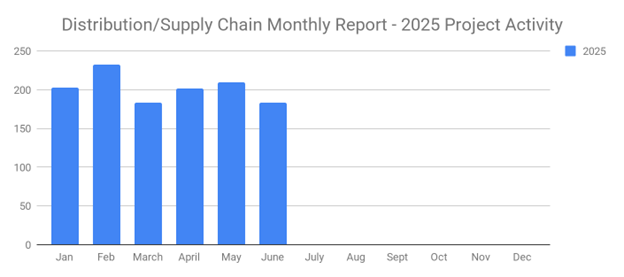
June's New Distribution and Supply Chain Planned Projects Return to March’s 183 Confirmed Figure
-
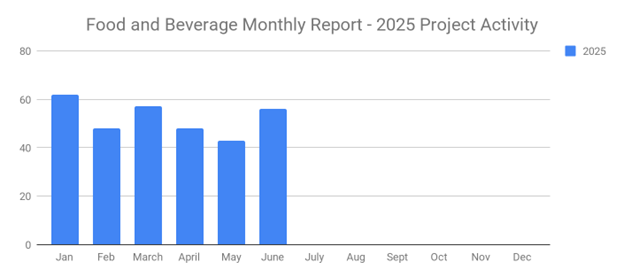
Food and Beverage Rebounds with 56 New Planned Projects Igniting Growth After Decline
-
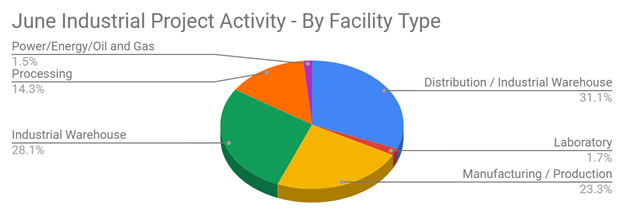
June 2025’s New Industrial Construction Projects Grew 7% Month-Over-Month
-
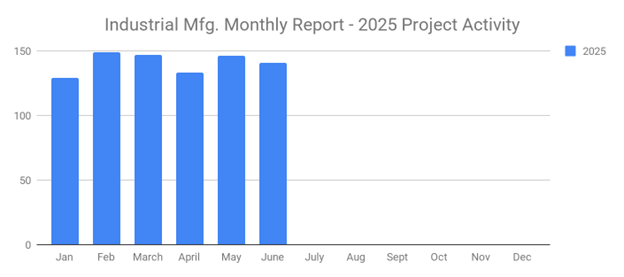
Q2 Industrial Manufacturing Soars 31% for Planned Projects Over $100M; June Planned Industrial Projects Hit 141

